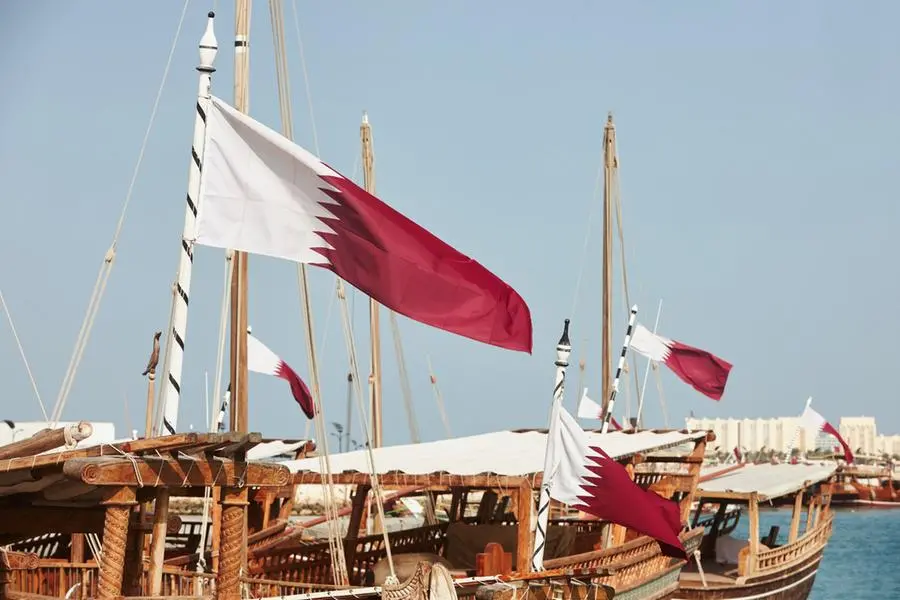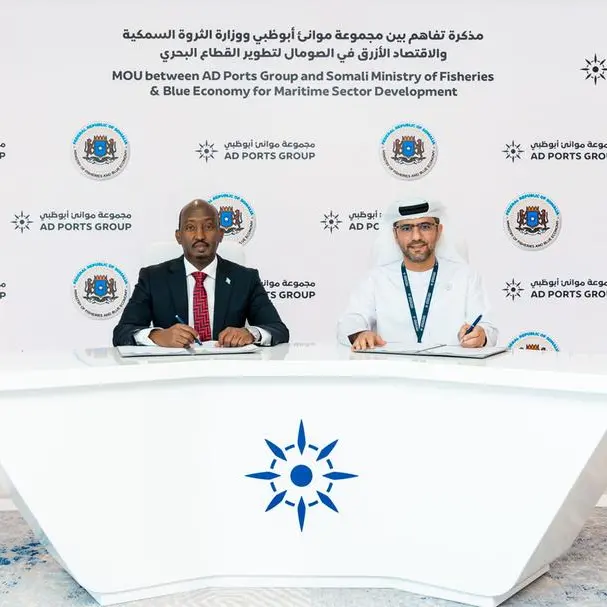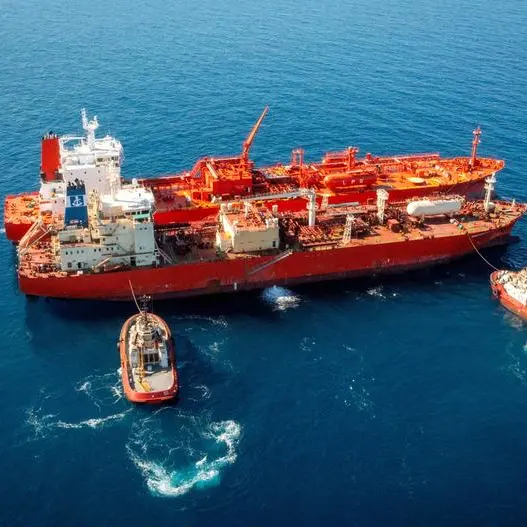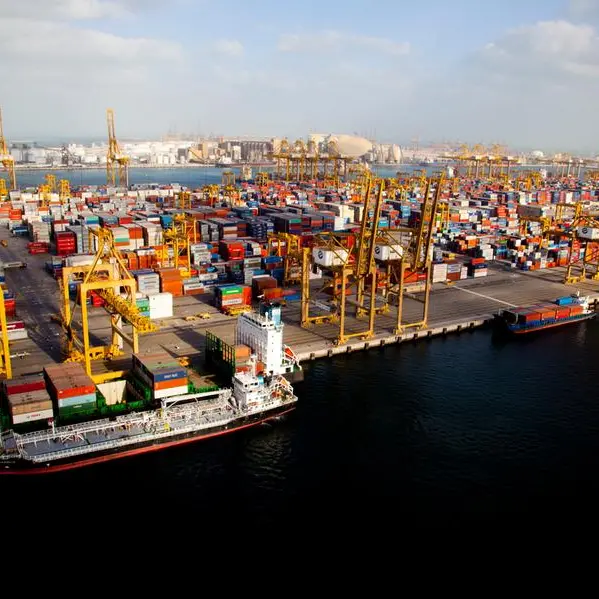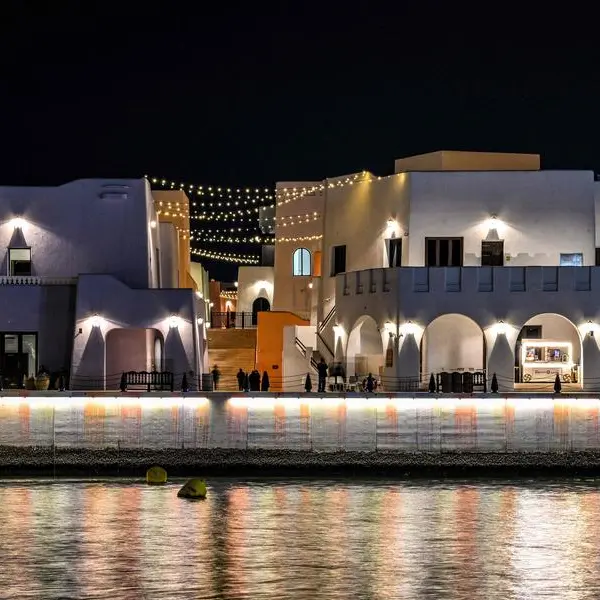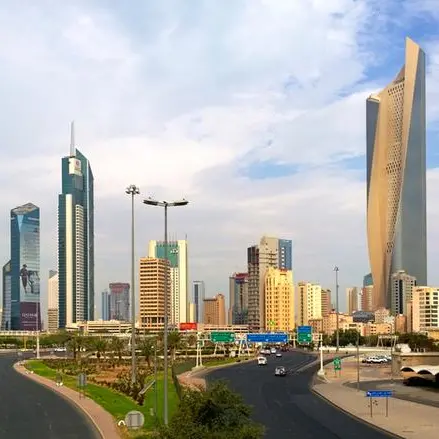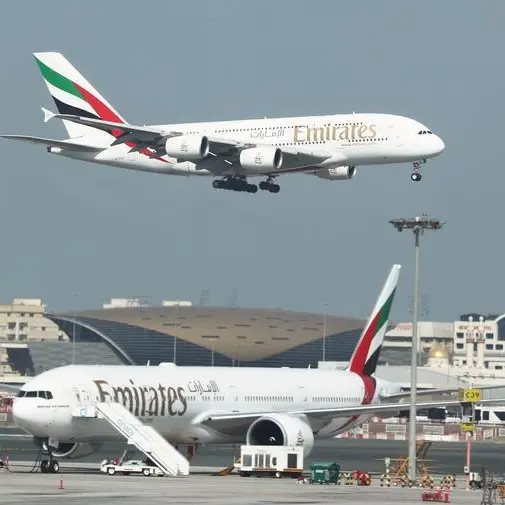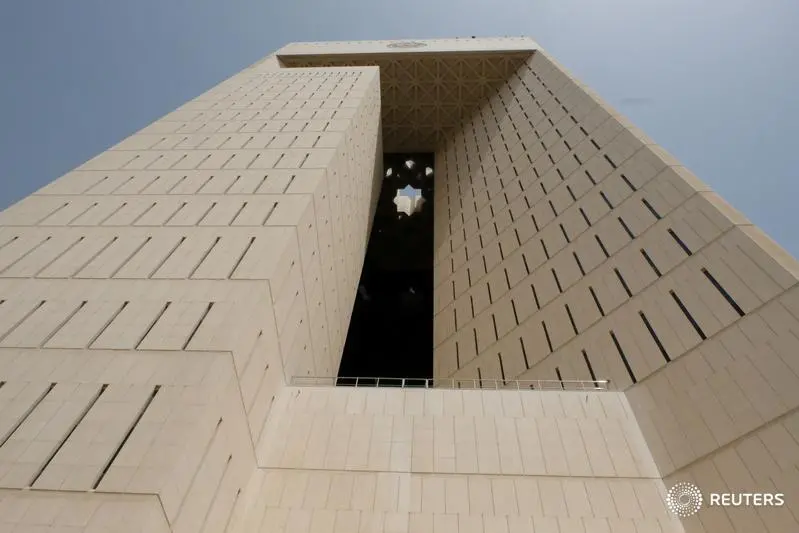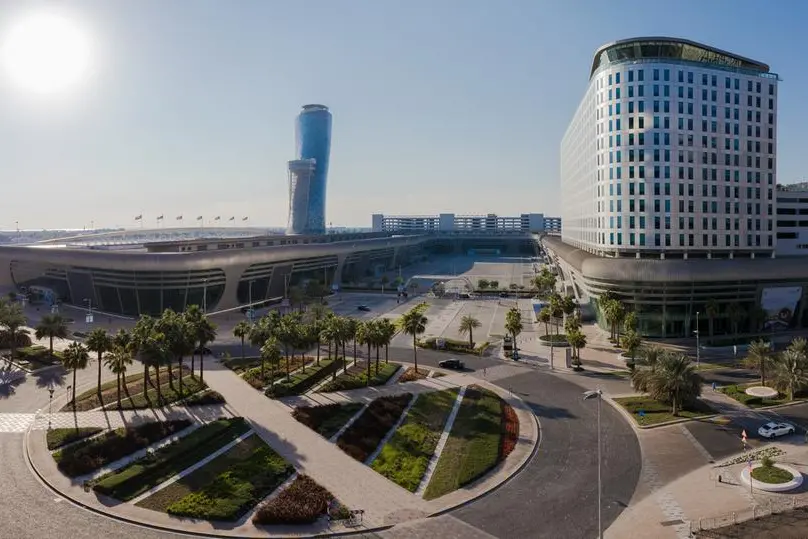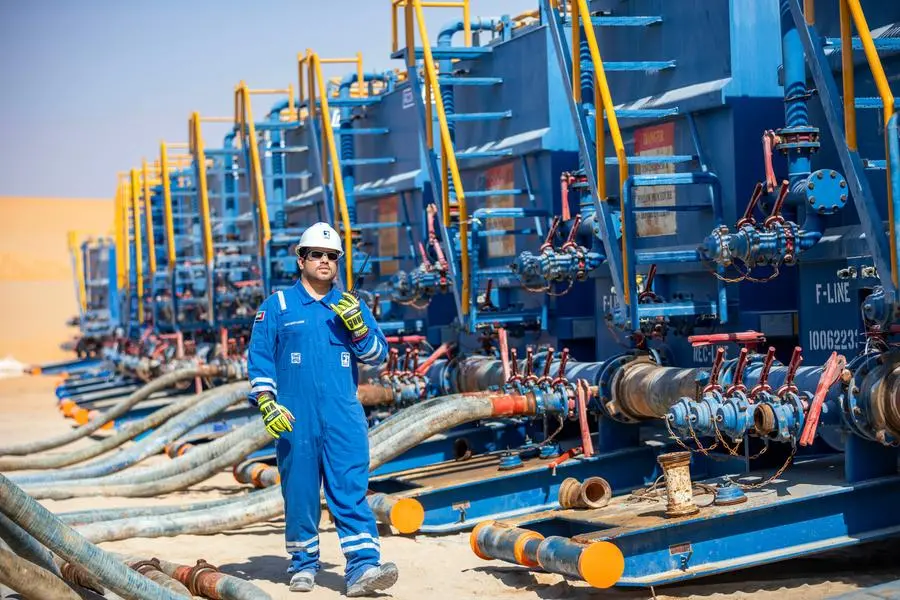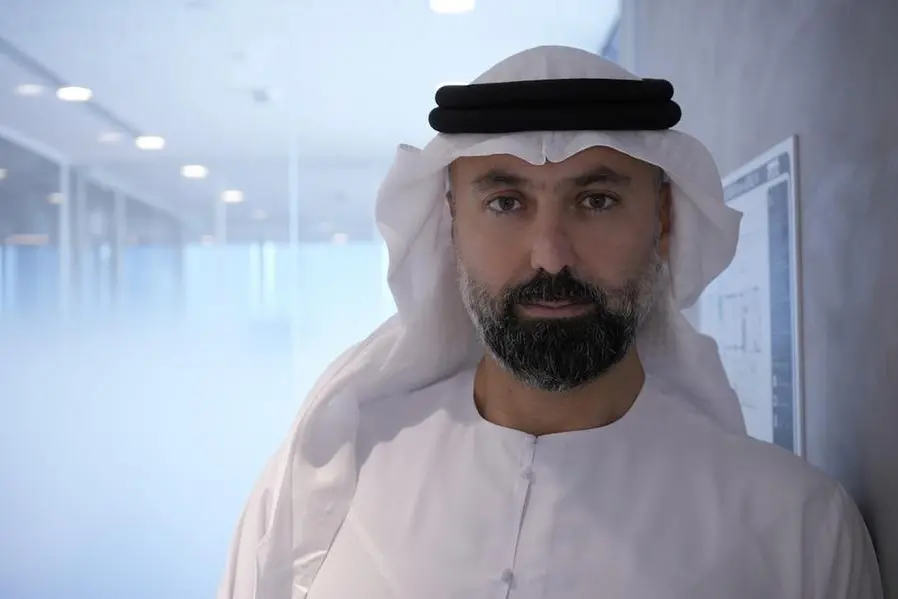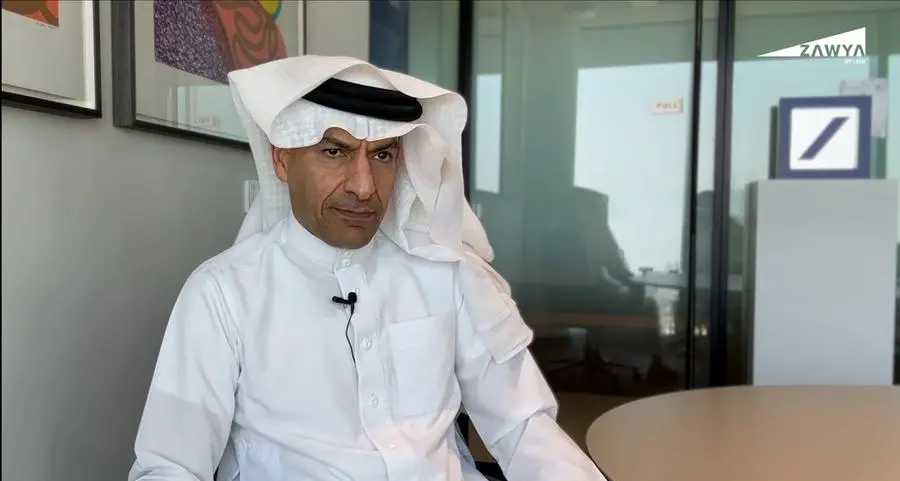PHOTO
Doha, Qatar: Hamad, Ruwais and Doha ports achieved the second-highest monthly container handling rate in June 2024 with over 144,000 twenty-foot equivalent units (TEUs), marking a 51 percent increase over the same period last year.
This growth was accompanied by a rise in handling volumes of general and bulk cargo, livestock, RORO and vessels by 163 percent, 149 percent, 108 percent and 23 percent respectively, Mwani Qatar said in a post on its X platform yesterday.
The containers handled through the three ports stood at 144,884 tonnes in June 2024. The ports received 242 vessels, while the general and bulk cargoes, RORO, livestock and building materials handled during the same period accounted for 56,934 tonnes, 15,680 units, 59,129 heads and 22,504 tonnes respectively.
Mwani Qatar ports handled 351,564 TEUs containers in the first quarter (Q1/January to March) of 2024, registering a growth of 4 percent compared to the same period last year. The ports also recorded a rise of 46 percent in livestock, 4 percent in RORO units, and 6 percent in building materials in Q1.
Separately, QTerminals said on its X platform yesterday, “We achieved the second highest month with 144,749 TEUs in June 2024. We also hit a new milestone with 248,564 tonnes and 15,644 units, marking it the highest RORO units and tonnes handled at the port ever.”
Qatar’s main gateway to world trade, Hamad Port, received 123 vessels in June 2024, while the containers, breakbulk and RORO handled stood at 144,749 TEUs, 34,768 F/T (freight tonnes) and 15,644 units, respectively.
In a recent post, QTerminals stated, “Sustainability is at the heart of everything we do. We’re proud to announce our latest initiative to replace our high mast sodium vapor fixtures with energy-efficient LED lights at Hamad Port’s Container Terminal 1 (CT1).” These LED lights are low-glare, fully recyclable, and have a lifespan two to four times longer than sodium vapor lights.
“We’ve launched a major long-term project to install solar panels on container terminals CT1 and CT2 reefer gantries (refrigerated containers stack). The latest batch of installed panels now produces up to 3 MW of clean energy daily, with peak generation lasting up to 6 hours—a testament to Qatar’s abundant solar energy potential,” it added.
This project marks a significant step towards achieving our goal of reducing our carbon footprint across all operations.
With its expanding network and state-of-the-art infrastructure, Hamad Port ensures the smooth flow of goods and transshipment across its various terminals. Catering to both domestic and international clientele, the port delivers exceptional services, thereby substantially improving business environments, fostering growth opportunities, and bolstering Qatar’s position in the global market.
Hamad Port keeps moving forward firmly towards a more powerful position as one of the key ports in the Middle East and the region. It targets achieving a more efficient logistics services industry in Qatar and the transformation into a leading global trade hub, thus enhancing its economic diversification plans in step with the Qatar National Vision 2030.
© Dar Al Sharq Press, Printing and Distribution. All Rights Reserved. Provided by SyndiGate Media Inc. (Syndigate.info).
